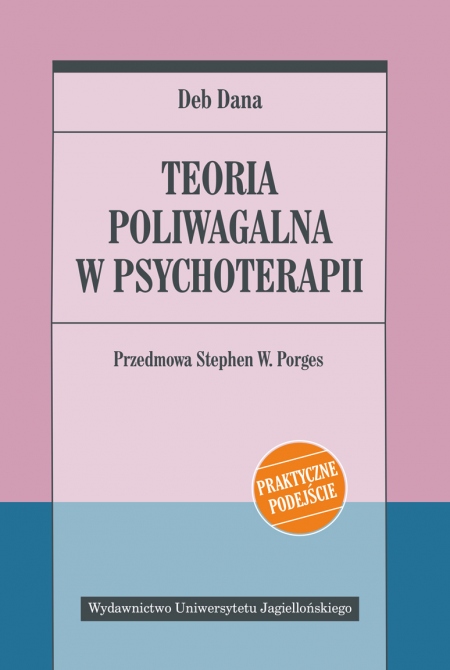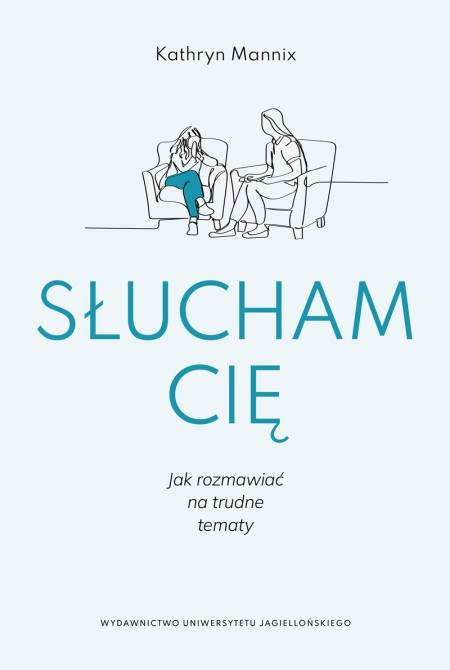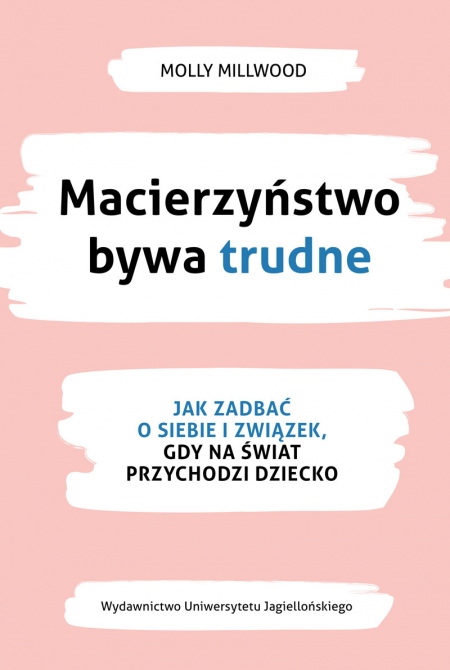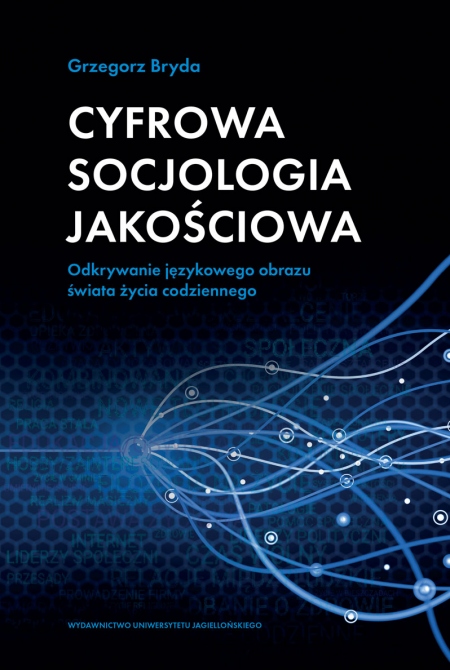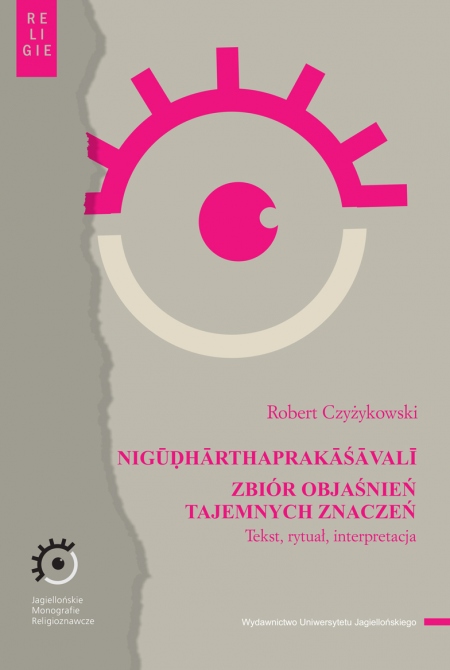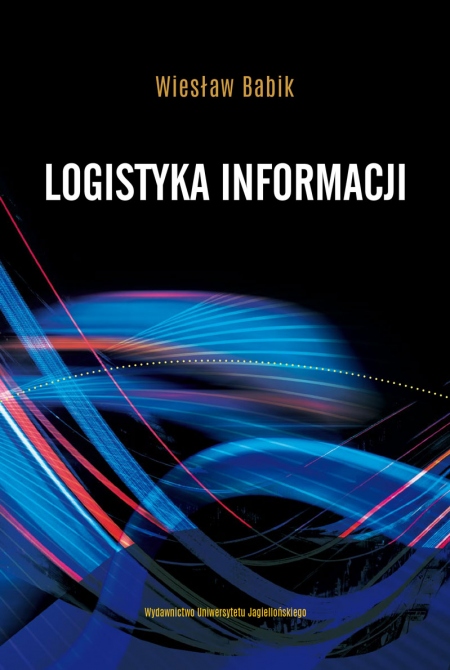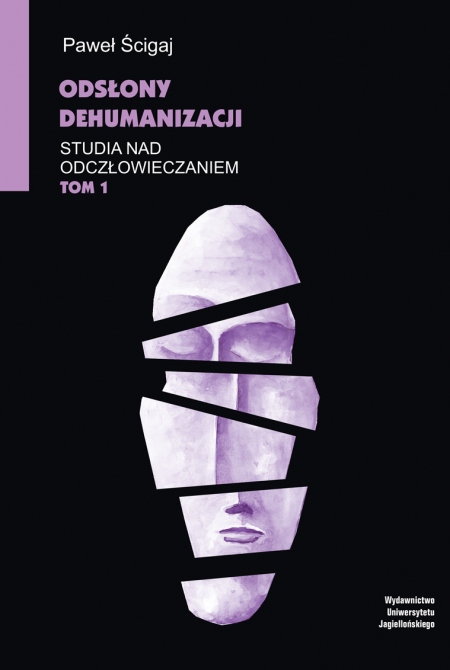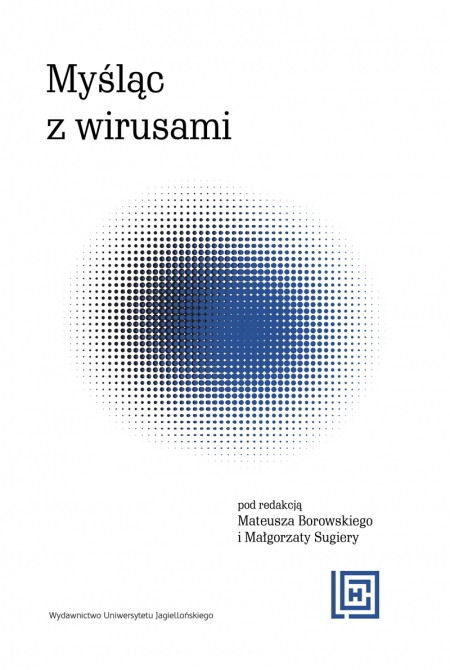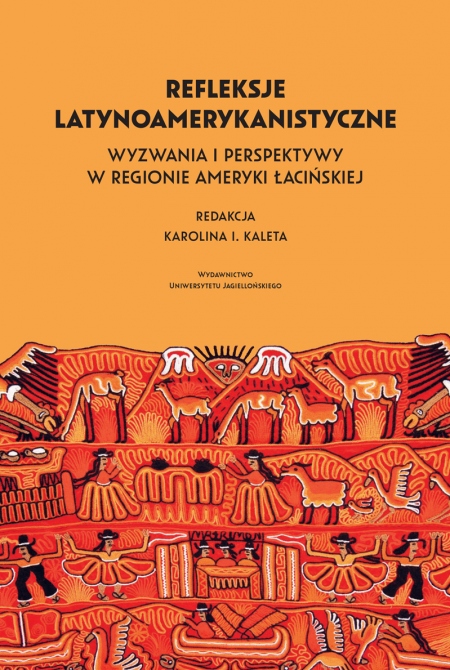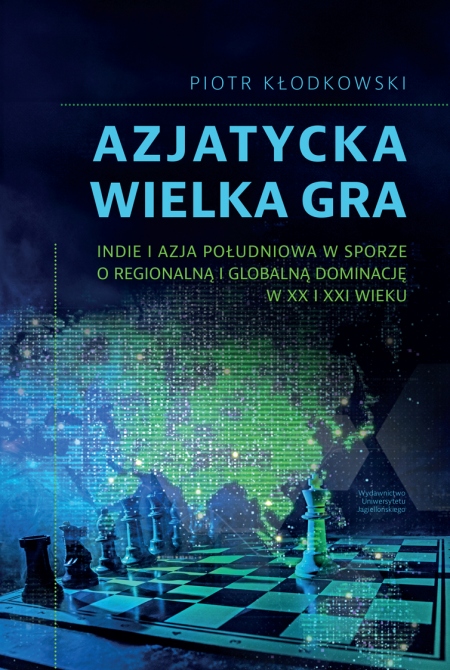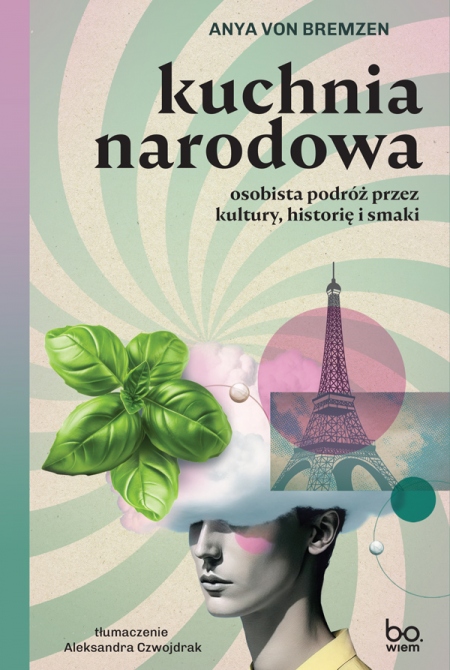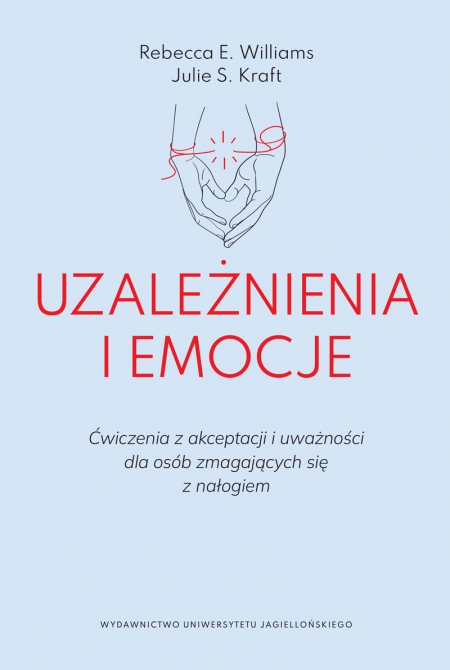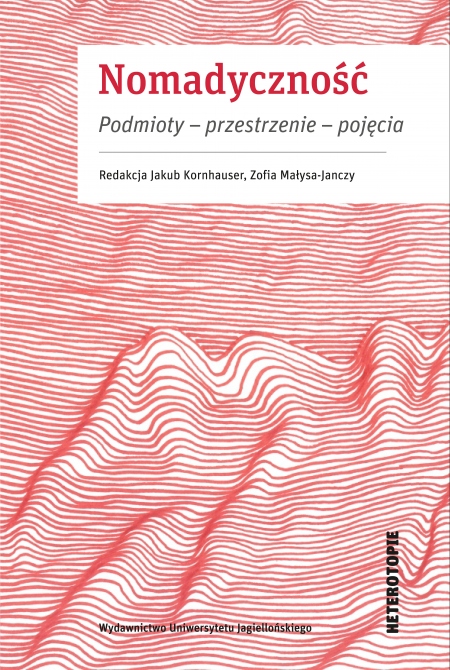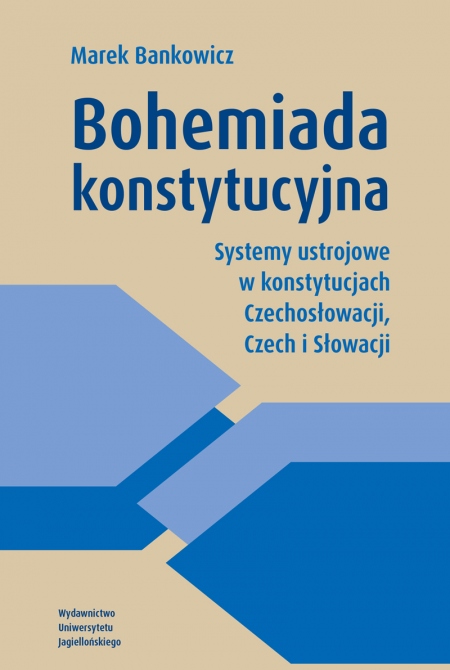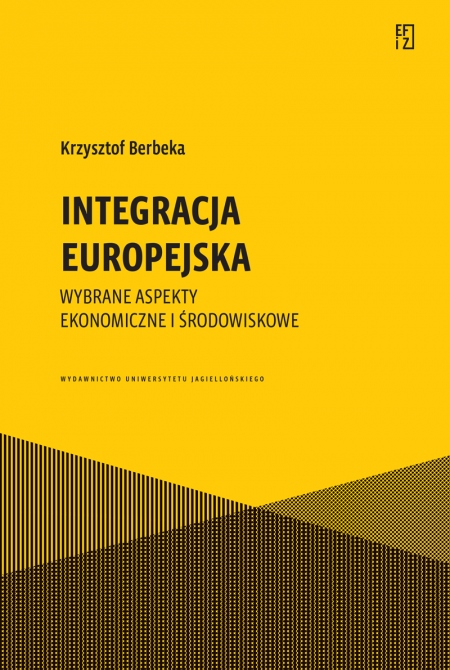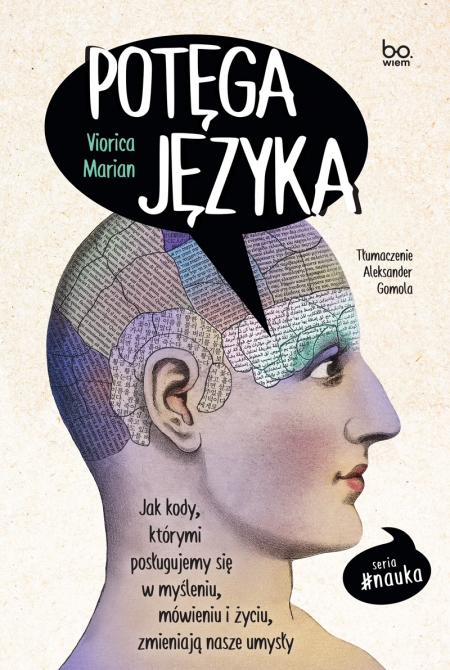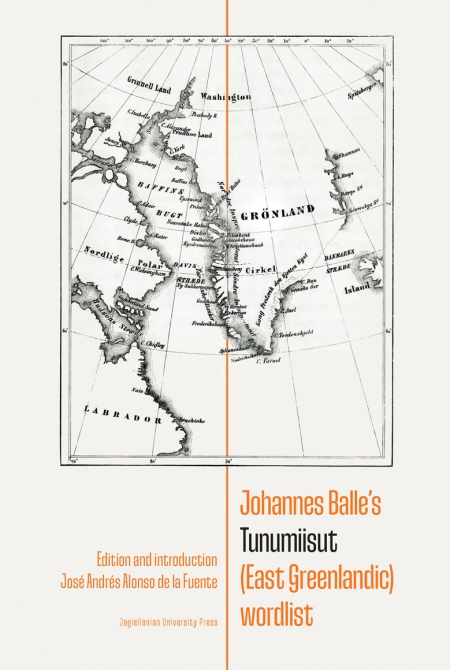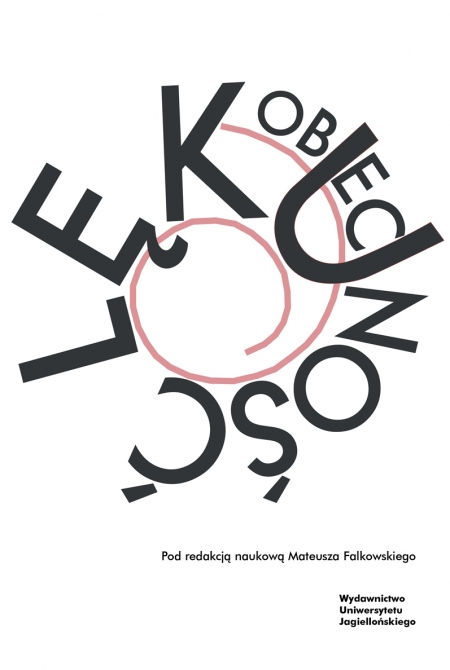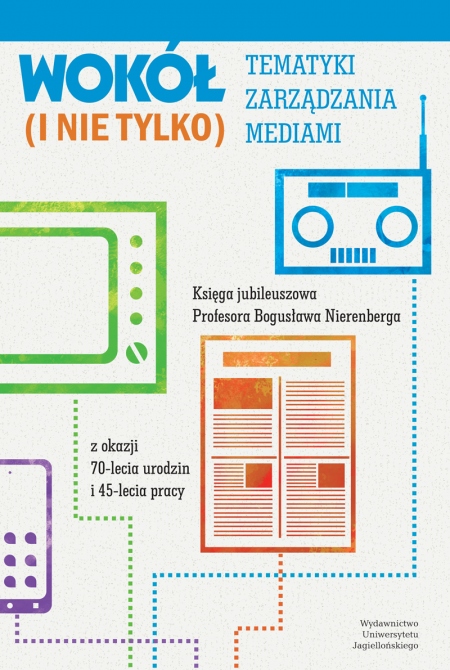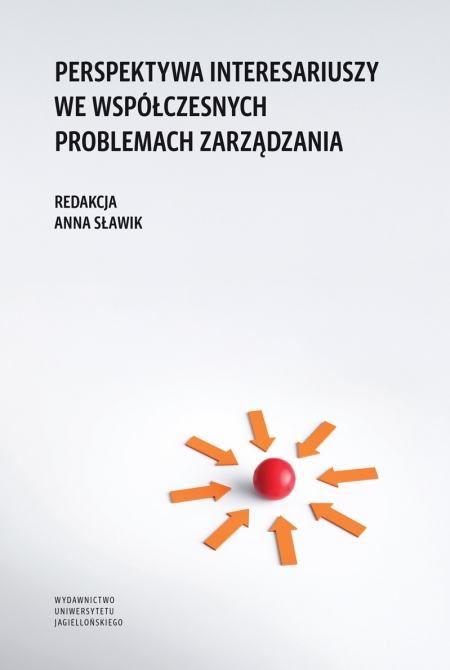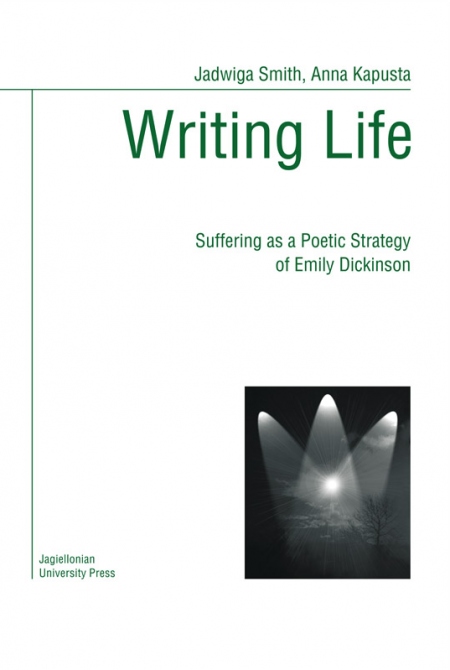
Writing Life
Suffering as a Poetic Strategy of Emily Dickinson
Liczba stron: 92
Format: B5
Rok wydania: 2011
Data premiery: 01.02.2012
Opis książki
The analysis of a selection of Emily Dickinson’s texts confirms the notion that suffering occupies the principal position in the poet’s work. Her poetry constitutes an example of a painful literary quest for subjectivity as well as an act of self-transcendence, which means that through her writing the poet obtained conscious control over her personal anguish. By using pain as a poetic strategy she transformed her private biography into a literary text. In this way she became a model for coping with suffering and using it for self-examination and self-development.
In Emily Dickinson’s poems suffering creates a new language and a new outlook on the self and the world. During the investigation of her poetic texts three dimensions of suffering as a poetic strategy have been distinguished: suffering as a theme, suffering as a subversive force affecting the language and suffering as a form of poetic expression. The critical tool used for this analysis was the theory of Julia Kristeva, who emphasises these elements as crucial in the interpretation of literary texts. [...]
The healing power of Emily Dickinson’s poetry lies in her presenting that suffering also has the positive, empowering side. By displaying an astounding autonomy and showing an alternative way of existence the poet demonstrated that fulfilment can be understood in a very broad sense. Her poetry constitutes evidence that the creative processes can be used as psychotherapy for both the creator and the recipient. [...]
In Emily Dickinson’s poems suffering creates a new language and a new outlook on the self and the world. During the investigation of her poetic texts three dimensions of suffering as a poetic strategy have been distinguished: suffering as a theme, suffering as a subversive force affecting the language and suffering as a form of poetic expression. The critical tool used for this analysis was the theory of Julia Kristeva, who emphasises these elements as crucial in the interpretation of literary texts. [...]
The healing power of Emily Dickinson’s poetry lies in her presenting that suffering also has the positive, empowering side. By displaying an astounding autonomy and showing an alternative way of existence the poet demonstrated that fulfilment can be understood in a very broad sense. Her poetry constitutes evidence that the creative processes can be used as psychotherapy for both the creator and the recipient. [...]
From Conclusion by Jadwiga Smith and Anna Kapusta
Język publikacji
Angielski/English
Autorzy
Anna Kapusta
, Jadwiga Smith
POLECANE KSIĄŻKI
NOWOŚCI

Wybierz rozdziały:
Wartość zamówienia:
0.00 zł
